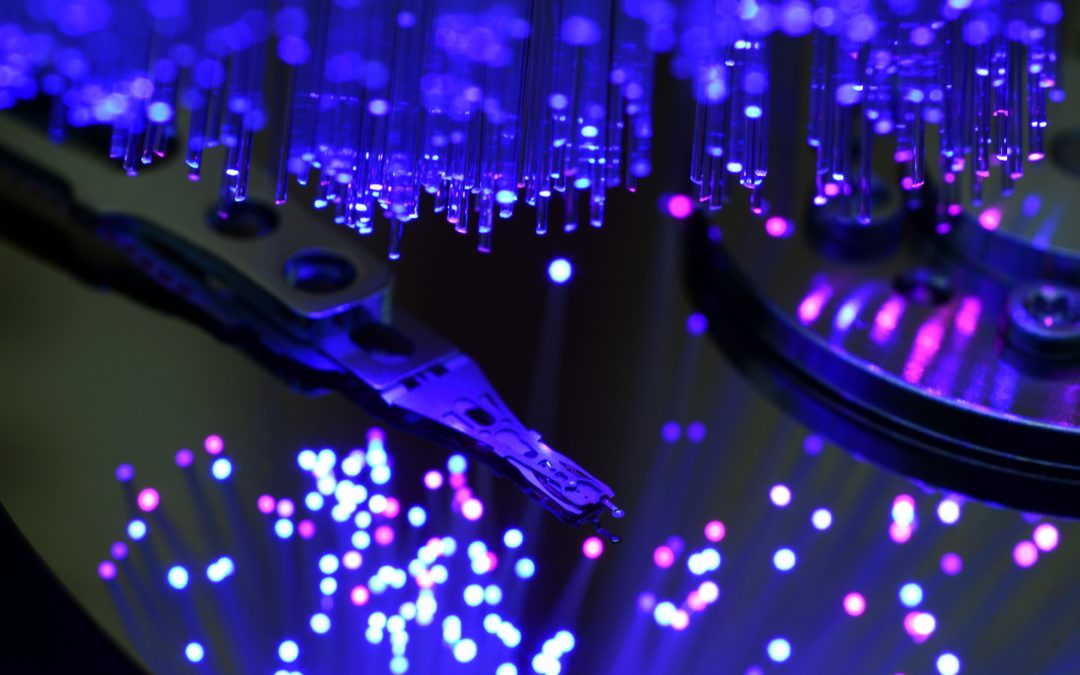Imagine that you check SMART (Self-Monitoring, Analysis and Reporting Technology) on your drive and you receive a SMART trip. Should you be replacing your drive immediately? Conversely, if it declares your drive does not have a SMART trip, does it mean that your drive is perfectly healthy?
When SMART Trips Occur
SMART trips are a fairly reliable indicator of drive failures. If you receive a SMART trip, you should definitely save your data or replace the drive. This will ensure that your drive does not fail.
When SMART Trips Don’t Occur
While SMART trips are a good indicator that something is amiss, the lack of a SMART trip is not necessarily a good indicator that your drive is healthy. One reason is that the thresholds chosen for SMART trips are generally very conservative, meaning that it takes major problems for a SMART trip to go off. Another potential reason may be that SMART trips are not sensitive to health changes that occur over time. For example, a SMART 5 (reallocated sector count) trip is based on the latest value of reallocated sector count, but it does not take into account the way that the value changes over time, which can be pertinent to the drive’s health.
Read more about SMART attributes in an earlier article.
ULINK DA Drive Analyzer: A Solution to SMART Trips’ Drawbacks
The algorithm in ULINK DA Drive Analyzer analyzes various drive health parameters and looks for patterns in a drive’s health indicators over time, rather than applying a simple threshold to each health indicator. When a drive displays certain patterns, it is flagged as unhealthy or at risk of failure. ULINK DA Drive Analyzer provides users with a centralized online dashboard for viewing their drives’ health from multiple systems. It provides critical tools and insights necessary to predict and minimize drive failures.
QNAP and ULINK Release DA Drive Analyzer, AI-powered Drive Failure Prediction Tool for NAS
Photo credit: undefined undefined

